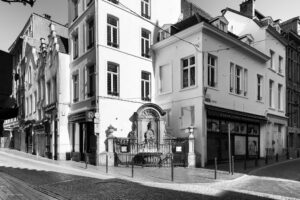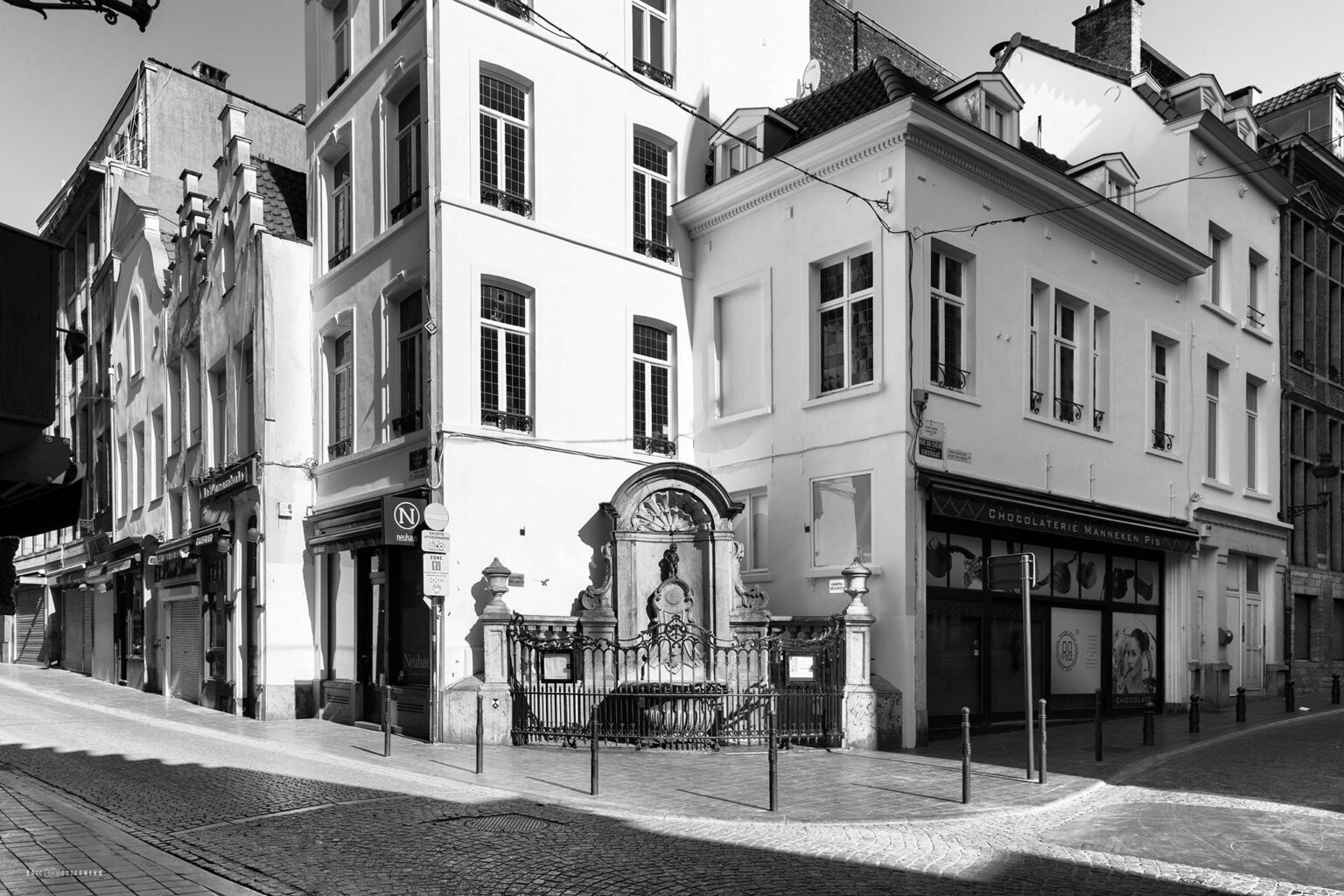Lockdown in a big city like Brussels was weird. I come from a small town and in those months when everything was closed, the Belgian capital reminded me of my hometown. No car noises, quiet streets. No events, no crowds. On the one end, never had the city been so peaceful. I remember sipping coffee on my small balcony listening to birds chirping. On the other hand, as days went by, an uncomfortable sense of anguish was creeping up on all of us. We were all asking ourselves the same question: “when will all of this be over? When will I see the people I love again?”
Photographers of the collective Bruxelles Pixels have been able to perfectly translate these mixed feelings into images. The result is 3 powerful series of photos showing you all the faces of the “confinément” in Brussels. I got in contact with them to talk about their work and gain some insight.
“Bruxelles en confinement” by Eric Ostermann
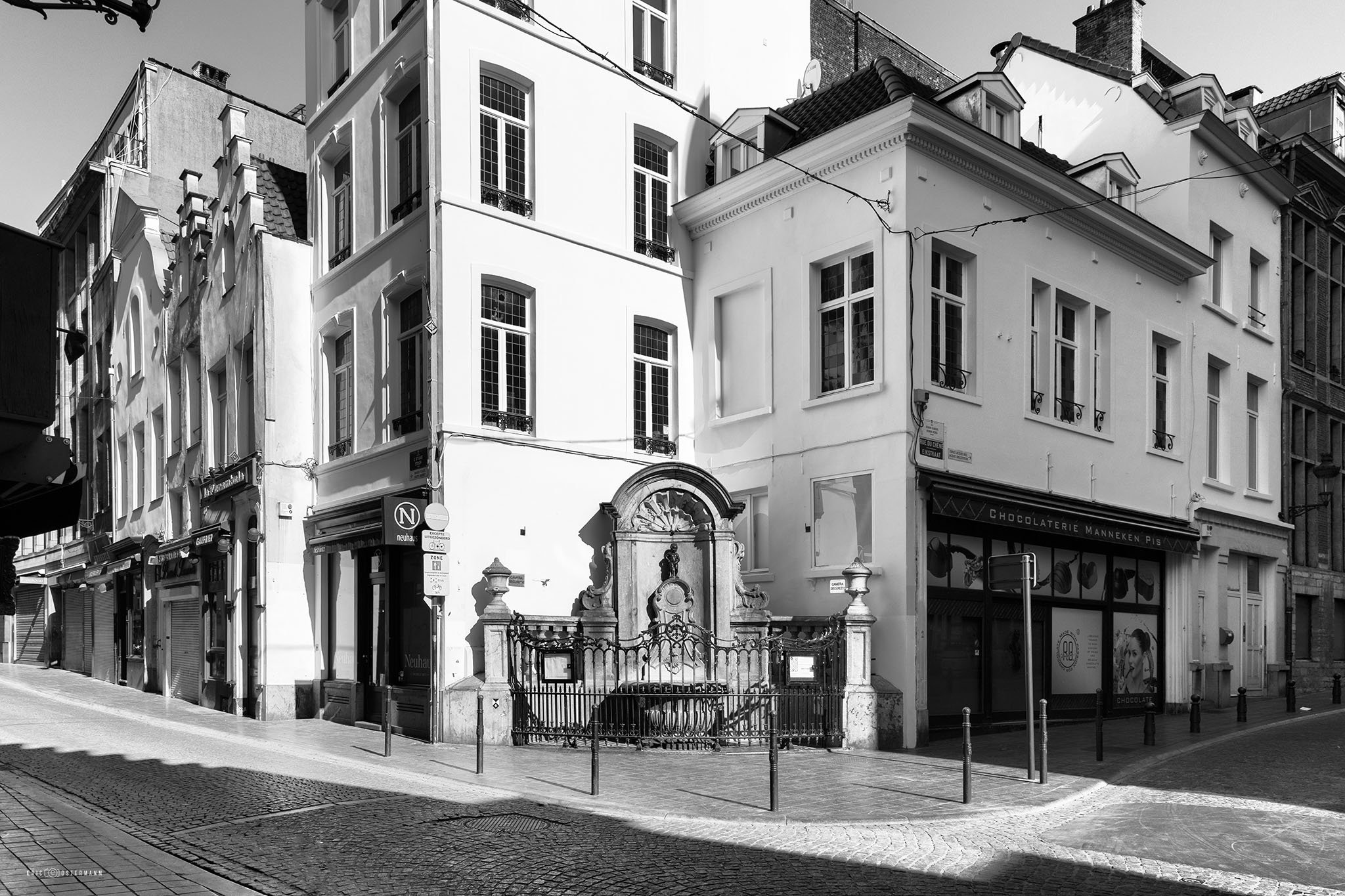
Eric Ostermann is an established photographer of the city of Brussels. Since 2014, he has been showing the most iconic places of Brussels from a different point of view. The idea of a project about lockdown was born on the very first day of everything shut down. He was standing close to the Manneken Pis, a very famous tourist highlight of Brussels, and it hit him how unusually quiet the place was.
He kept walking until he arrived at Grand Place, the main touristic attraction of Brussels. Here again, the emptiness of a place that is usually so full of tourists you can barely get by was overwhelming. From this feeling started the project called “Bruxelles in confinement“. We could still go out on our own in Brussels, so he took advantage of this to shoot pictures of the city every day.
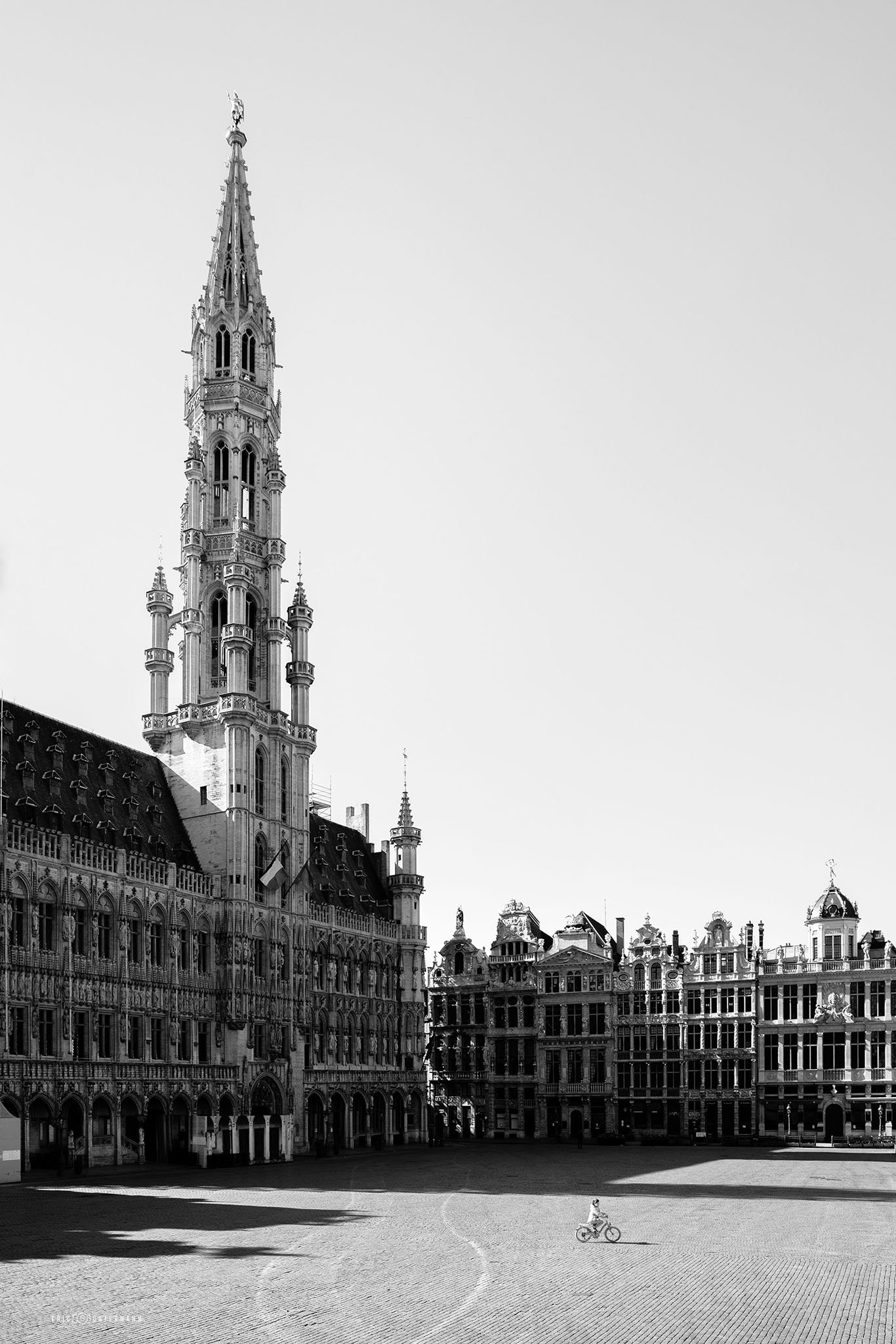
The main challenge for him was moving around, as public transportation was limited and restricted to necessary trips. However, this wasn’t always a negative thing. “I had to walk or take my bike, which made me discover some corners of Brussels I had never seen before”, he says.
His pictures were incredibly successful on social media. “People were happy they could see the empty city without having to go out themselves”, says the photographer. As I result, they have been sharing his photo album more than 1 million times. And it doesn’t stop there. The city of Brussels chose Eric’s photos for their archives, as historical documentation of these very peculiar times.
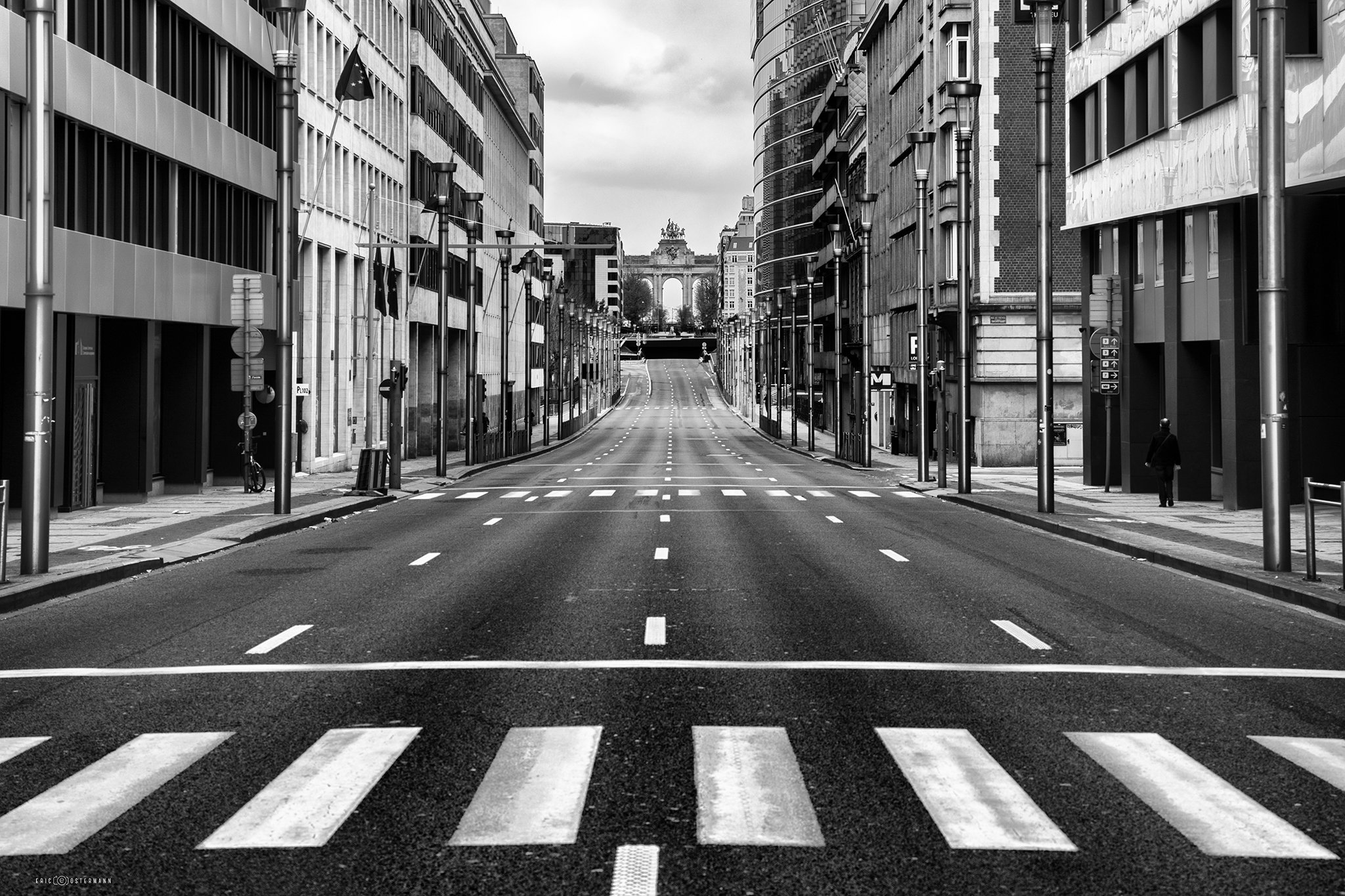
“Terdelt confiné” by Julian Hills
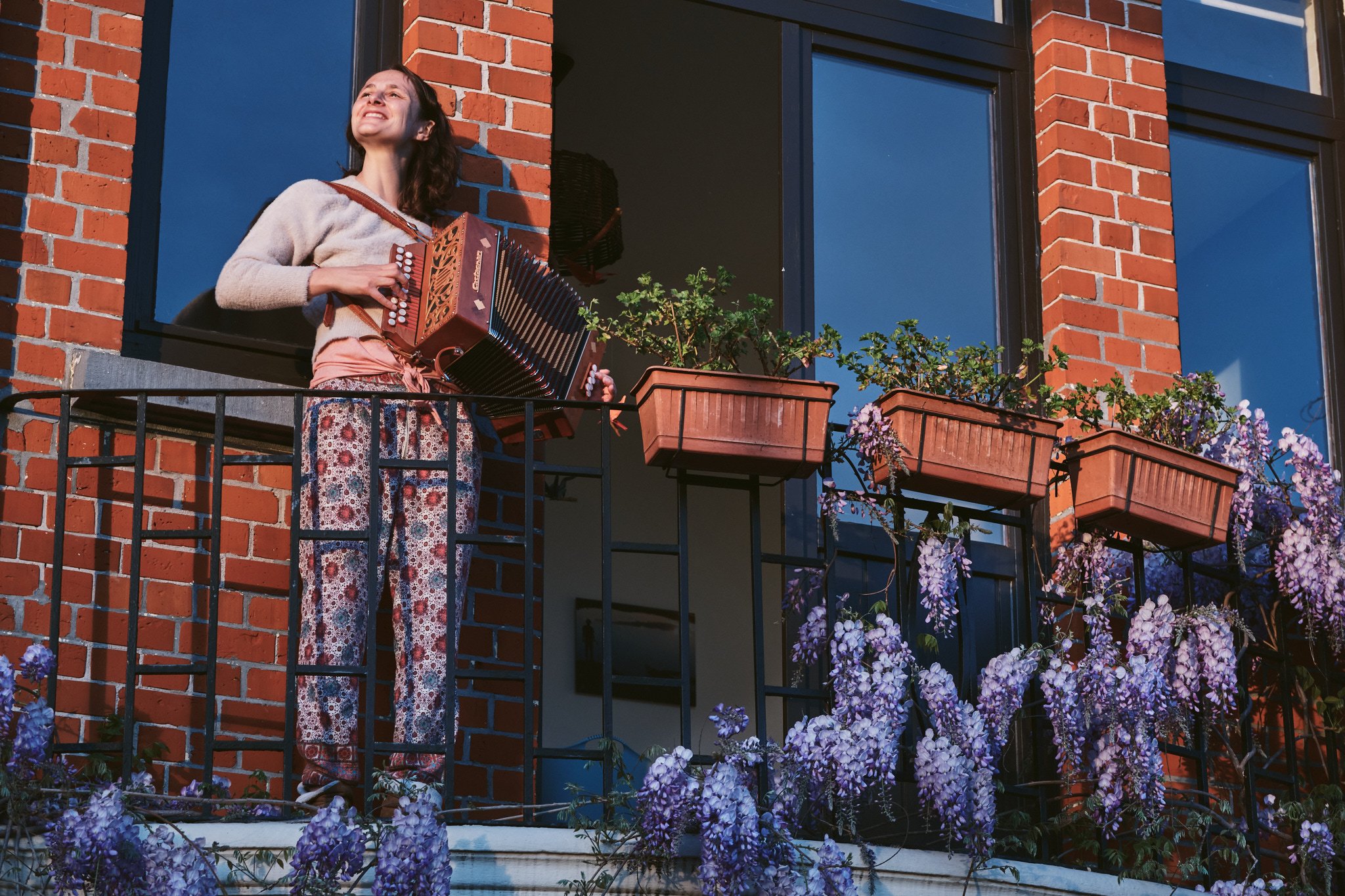
Julian Hills is an English photographer mostly dedicated to social and charitable photography. He lives in Terdelt, a “cité-jardin”, or “garden-city” in English, in Brussels. This project started sometime after the beginning of the lockdown. “At the beginning, I was in my garden taking pictures of flowers, of my cats, this sort of thing, ” he says .”But after a while, I was looking forward to something more, I was getting bored”.
He had seen some projects by photographers in Flanders (the Flemish-speaking region of Belgium) doing “behind the windows” shootings. The concept was taking pictures of people in their houses while maintaining social distance. The photographers would stand on the street, and the subjects would be posing indoors, or in their gardens, showing a slice of their lives during the lockdown.
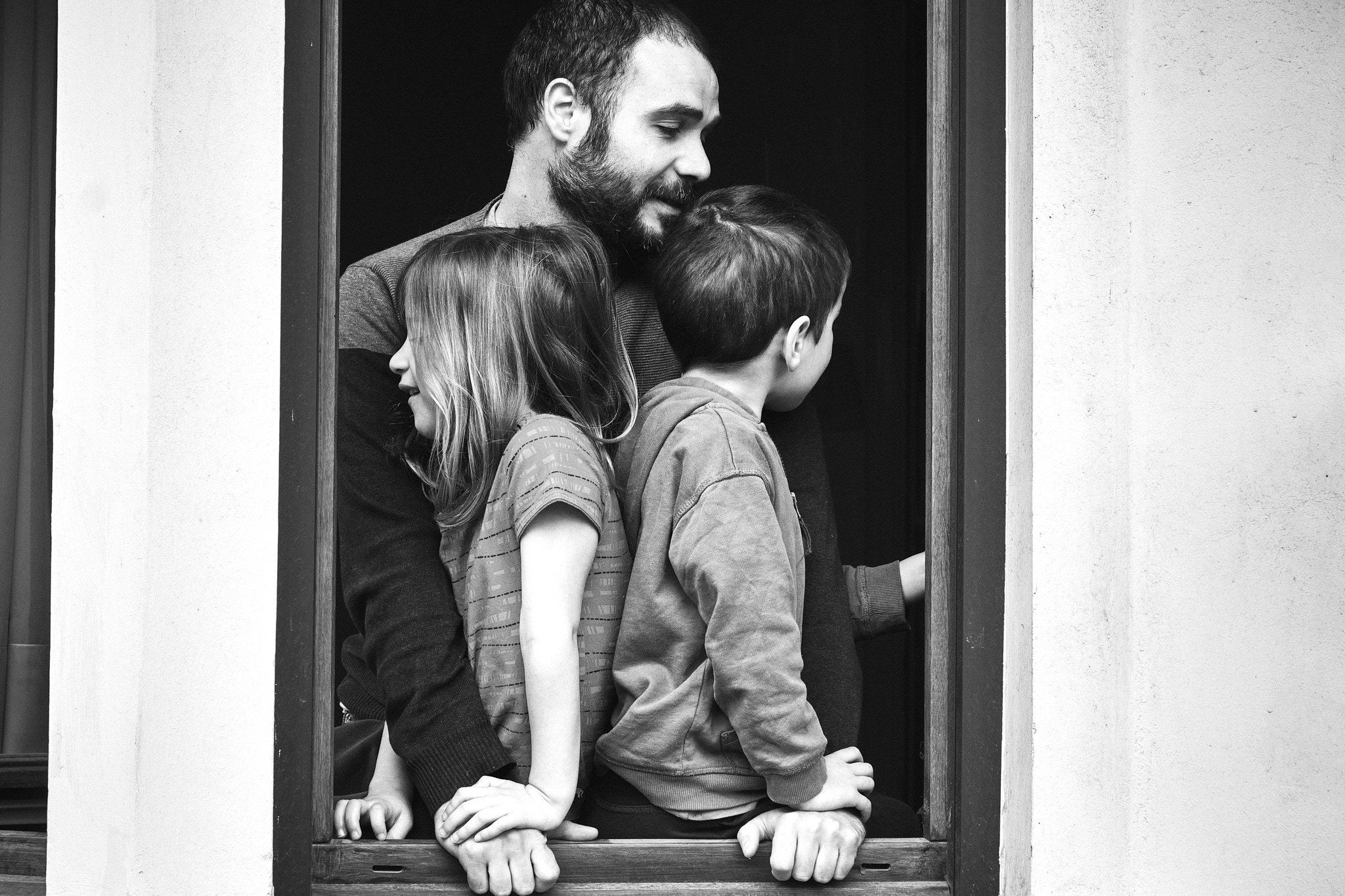
These pictures inspired him and he decided to contact his neighborhood association, to find volunteers wanting to take part in his project called “Terdelt confiné“. The “cité-jardin” is very different from the rest of Brussels, the way of living is more similar to that of a small town. This neighborhood has a supportive and inclusive soul that Julian wanted to narrate through his pictures.
“In the beginning, about 30 people responded but it quickly snowballed as people were talking about it with their friends, families, or neighbors,” he remembers. “In the end, I had about 3 or 4 shootings to do per week. It started as a way to keep myself busy during the lockdown, but then many good things came from it”
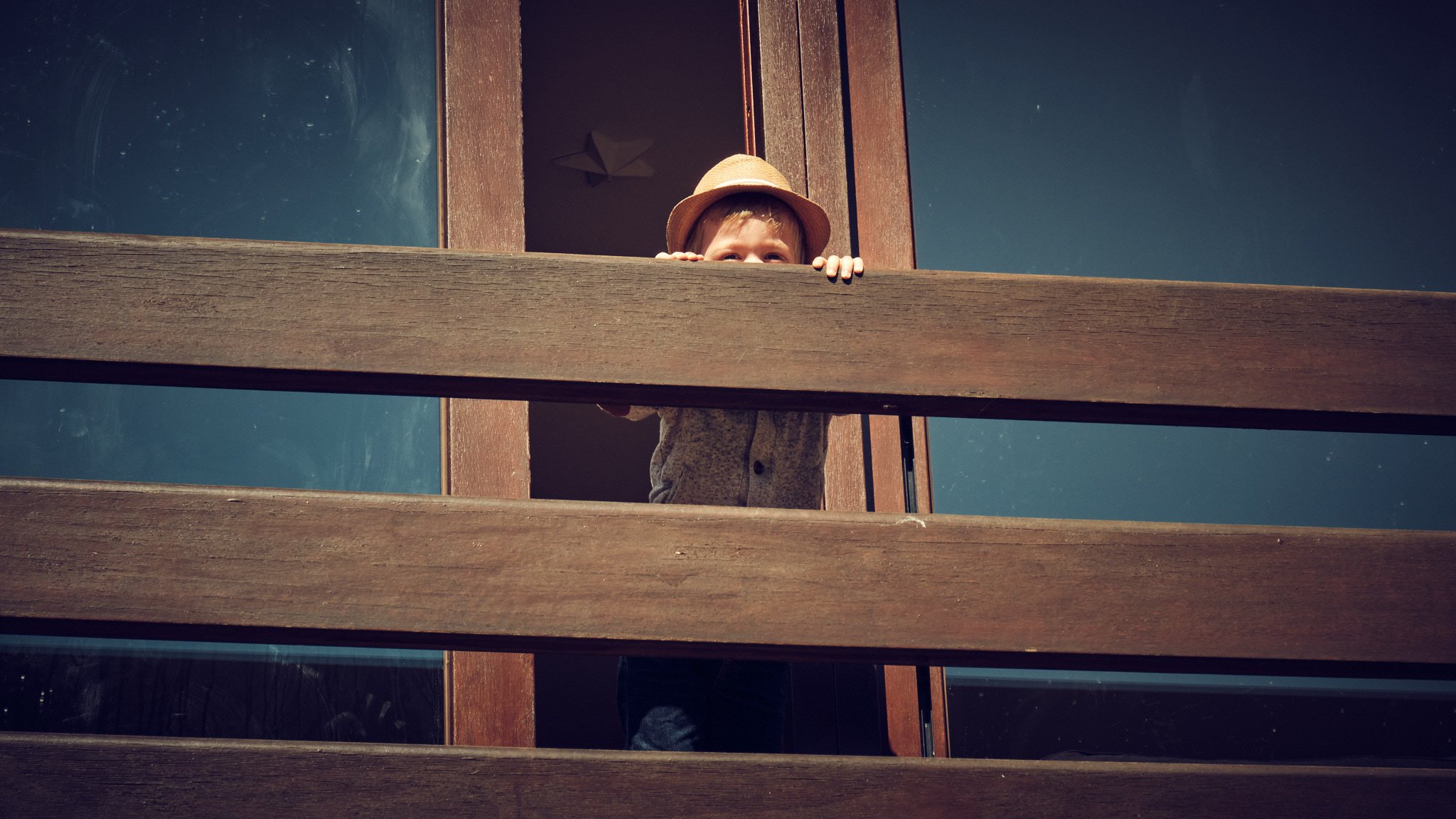
His pictures were very successful indeed. The press contacted him, he held several expositions in his neighborhood and managed to sell some of his works. Eventually, one of his pictures was chosen by the International Photographic Center of New York for their exhibition #icpconcernedglobal Global Images for Global Crisis.
“Faut qu’ça bouge” by Philippe Cabolts
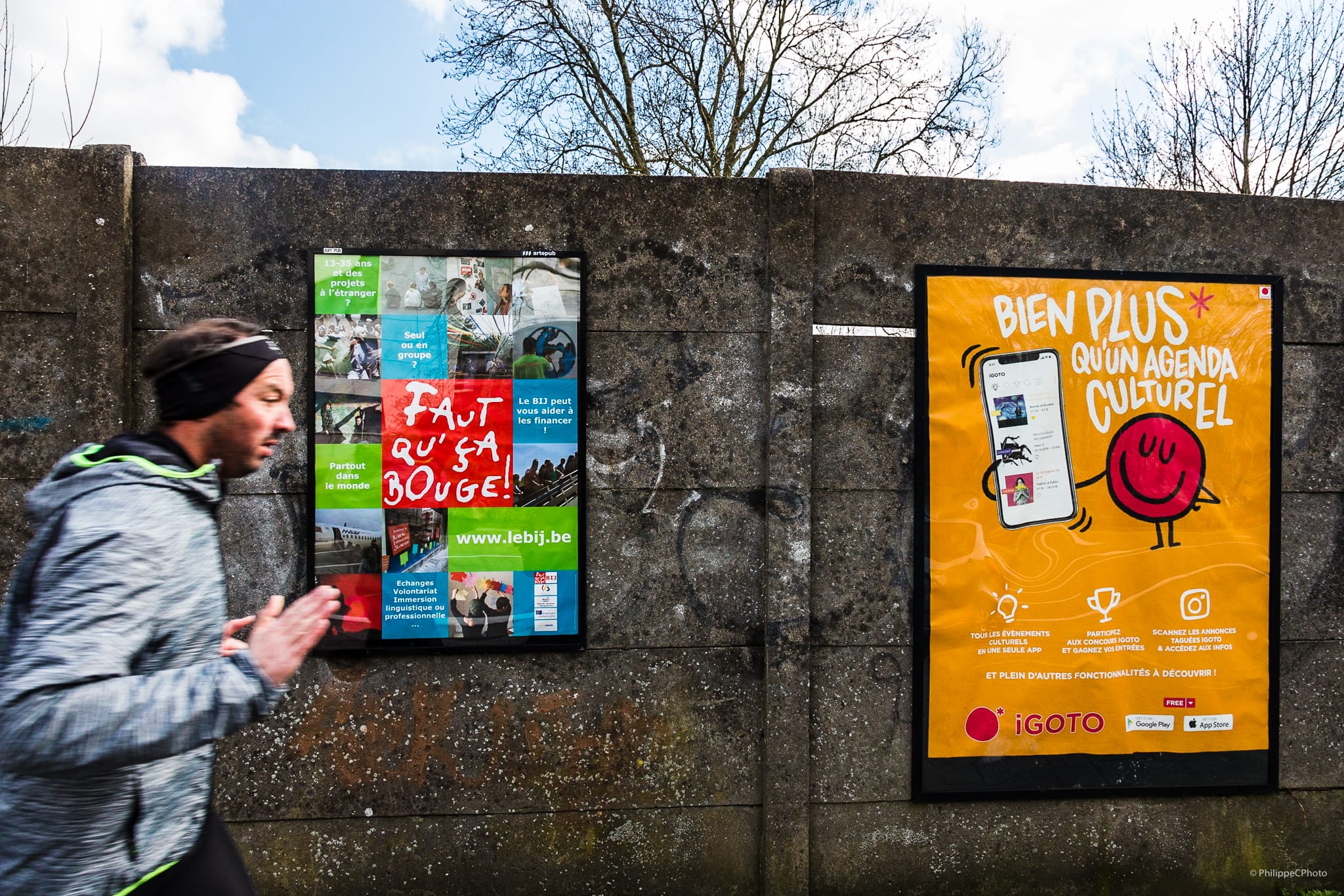
Philippe Clabots originally started with writing a journal to his currently 2 years old grand-daughter. “I wanted to keep track of what memory would have forgotten,” he says. “I want to be able to discuss these strange times with her once she will grow older”. Writing about the lockdown inspired him to take his camera out and shoot some pictures of the city. He had to go out a lot to be able to find enough material.
His subjects were especially people going out, alone, and trying to live as much of a normal life as possible. “I was impressed by the citizens’ resilience as they tried to carry on despite the pandemic and the lockdown happening” he says. Going for a run, buying groceries, getting some fresh air. In normal times, you wouldn’t even notice these people but in March and April 2020, they stood out.
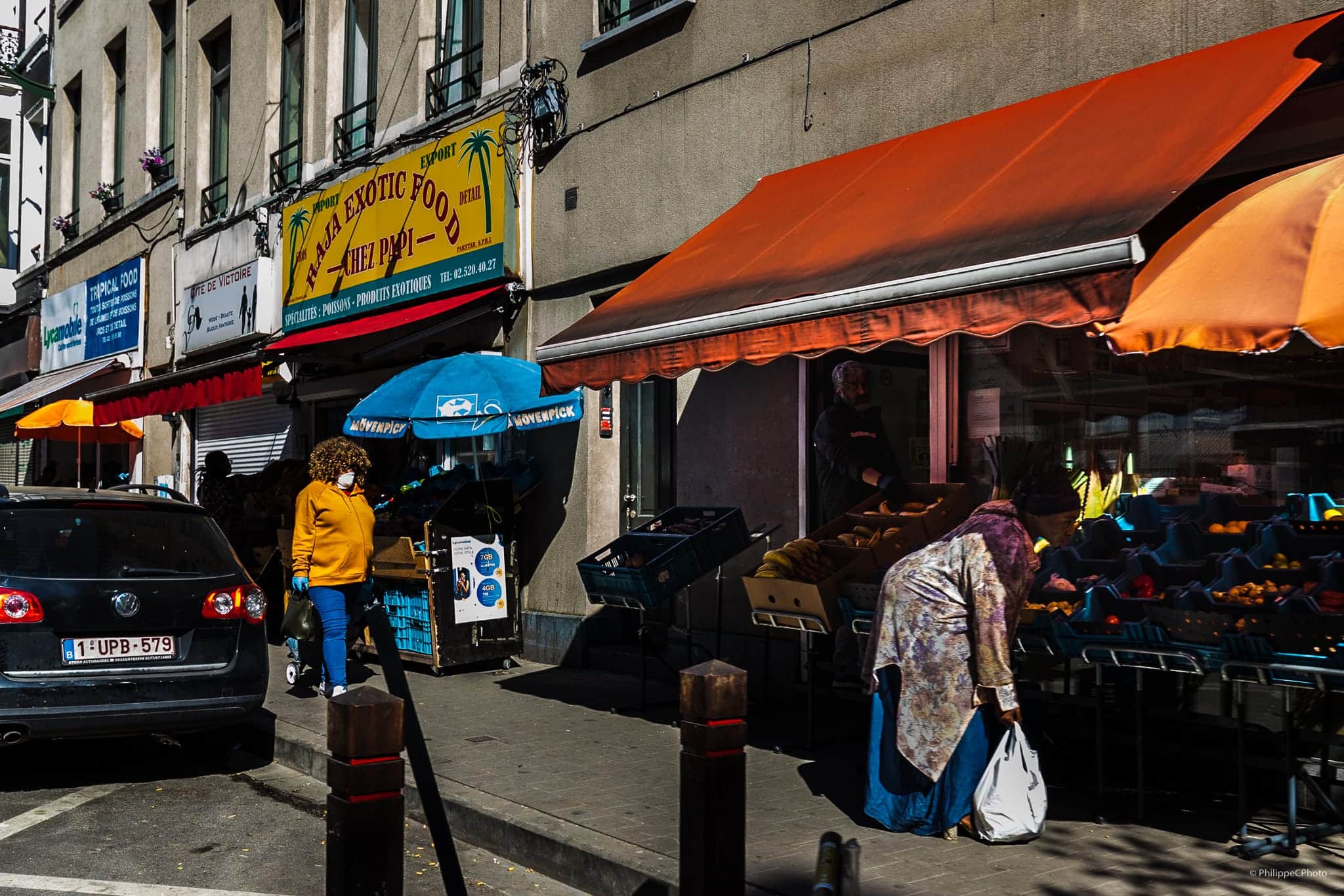
The pictures of Philippe came together into a project he called “Faut qu’ça bouge” (It’s gotta move). The name itself stresses the focus of this work on resilience, on the ability to keep going. His pictures were exhibited and as he recalls, people’s reaction was very interesting. “They liked seeing a different perspective on the lockdown”.
Want to see more of Brussels? Check out our Brussels locals’ tips.
